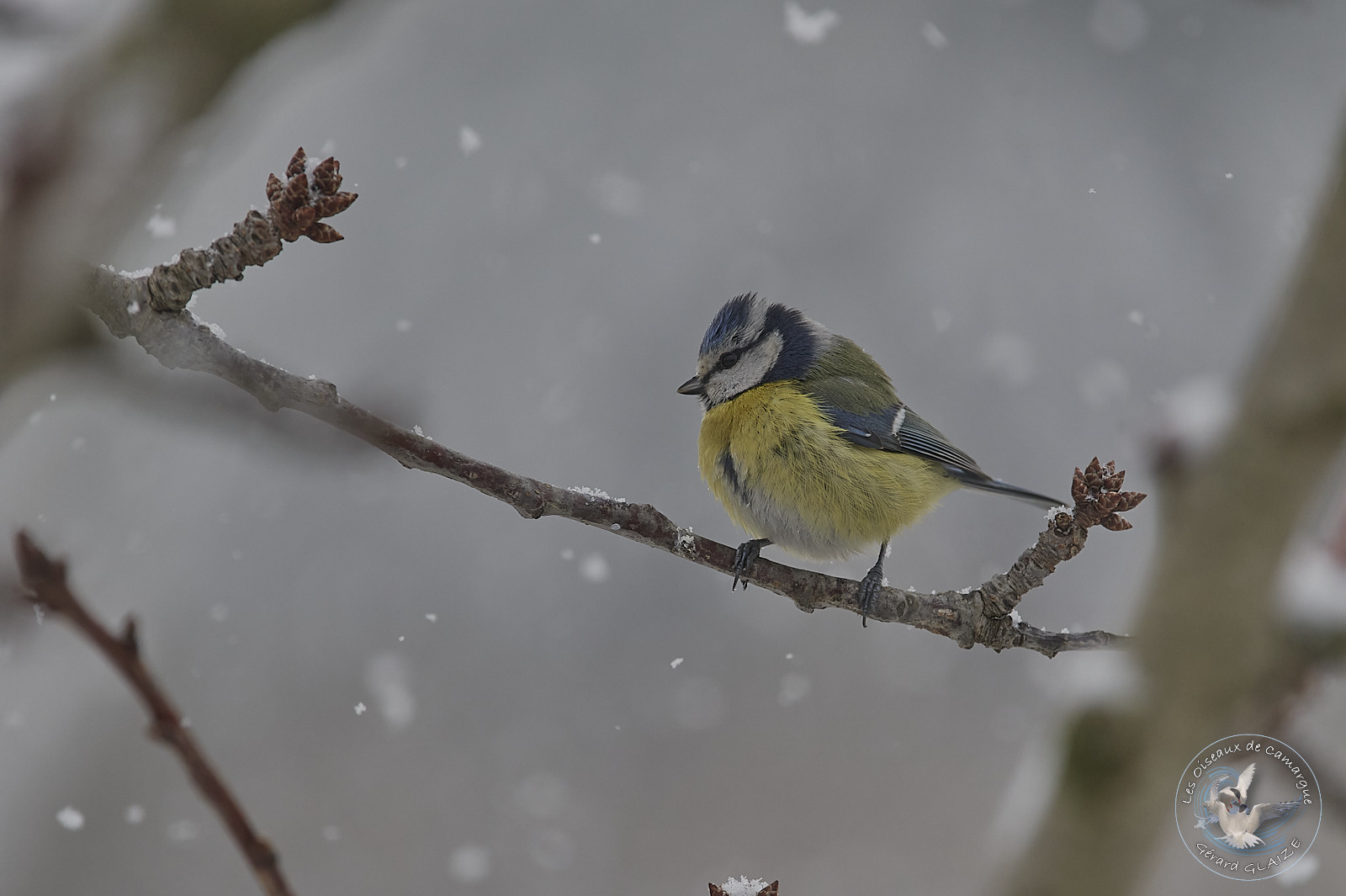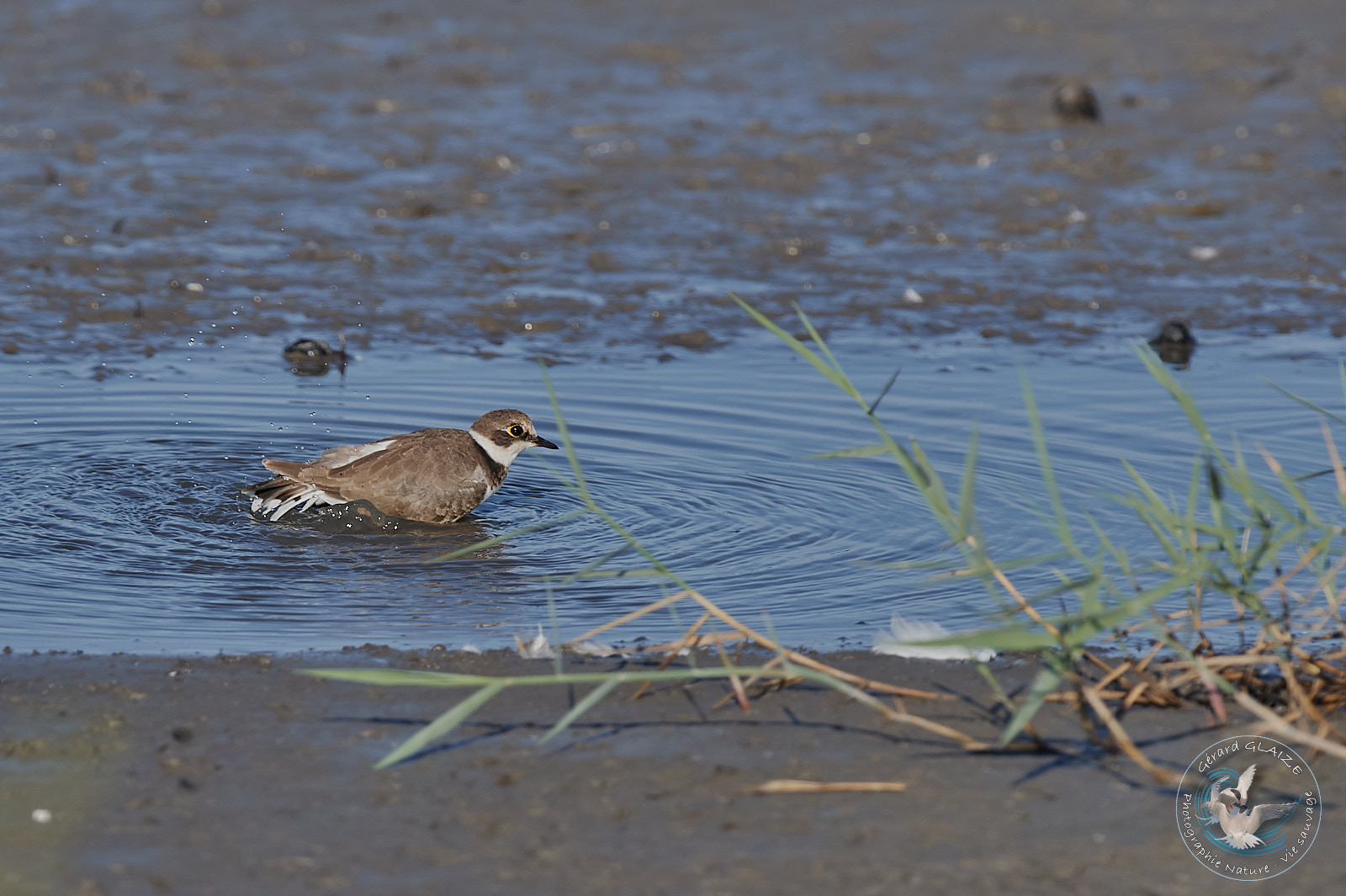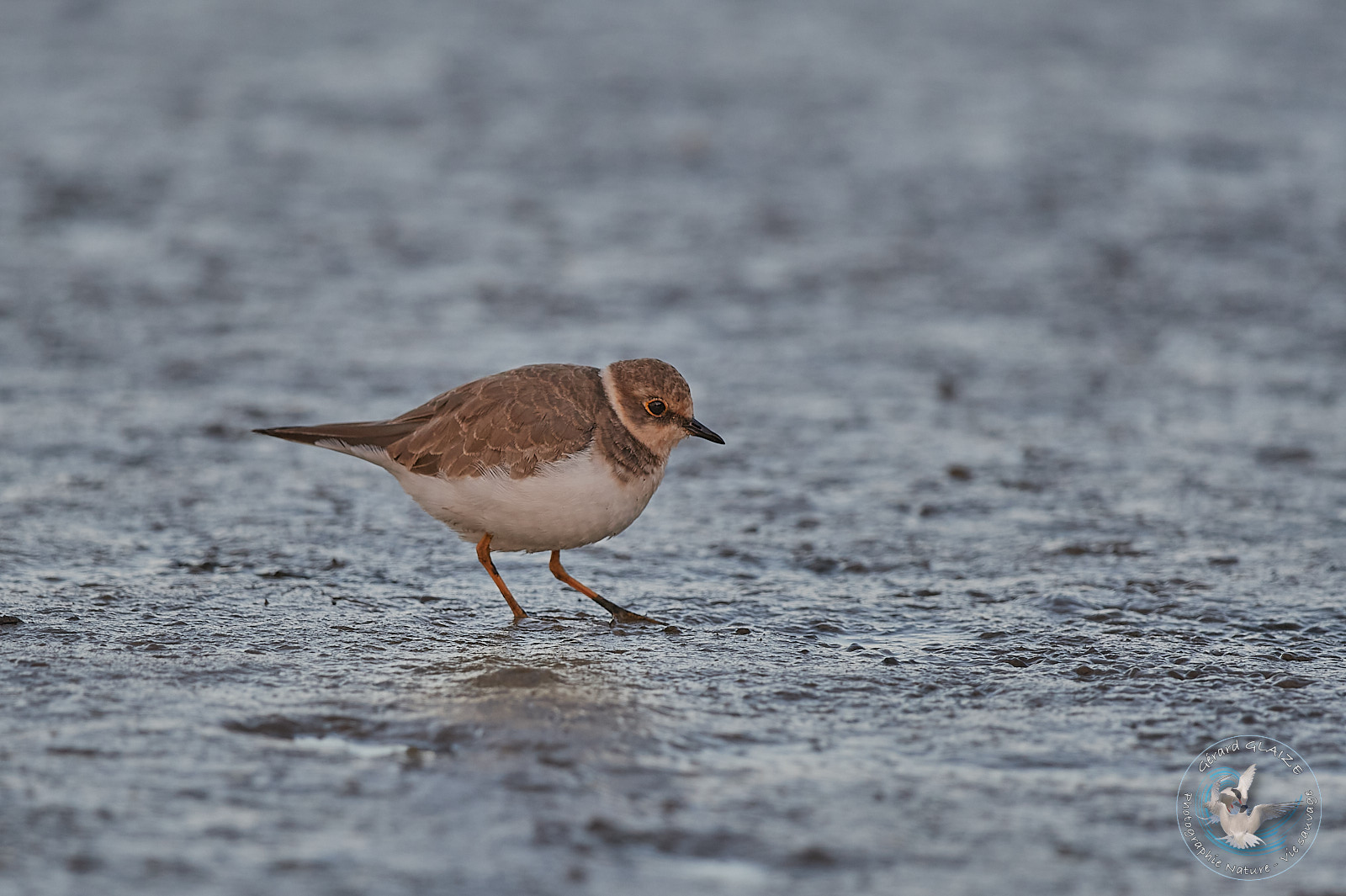Little Ringed Plover
The Little Ringed Plover is a species of aquatic bird from the shorebird group belonging to the Charadriidae family. It is a very widespread species in continental Europe and Asia.
This small ringed plover can above all be confused with the very close Ringed Ringed Plover, but it is smaller than the latter, has a frailer and more compact appearance, a shorter tail, and a smaller and more rounded head. The black frontal bar is separated from the brown cap by a white line, absent in the Greater Plover. A black mask extends to the ear coverts. The bill is black, the eyes are dark brown, surrounded by a bright yellow eye ring. The legs and feet are pinkish.
Little Ringed Plover
Scientific name : Charadrius dubius
Family : Charadriidae
Length: from 15 cm to 18 cm – Wingspan: from 32 cm to 40 cm
Weight : from 30 gr to 50 gr
IUCN Conservation Status: LC
Flight
The Little Ringed Plover has a nuptial flight which resembles the flight of a butterfly. The male continually describes circles with slow beats. In flight, it does not have a white wing band.
Habitat
The Little Ringed Plover is usually found in the lowlands and up to 800 meters altitude. However, it likes open environments devoid of vegetation near marshy areas and slow-moving rivers.
Regime – Diet
The Little Ringed Plover feeds mainly on small crustaceans, marine worms, molluscs, insects and other invertebrates. It sometimes hunts by stamping its feet on sand or mud to disturb prey hiding there and make them come out. Then it waits for its prey to rise to the surface of the ground or move, and as soon as it detects them, it quickly runs to capture them. It also feeds in mudflats left by tides, ponds, open grasslands or bare ground.
Nesting
In France, it is a local breeder on the coasts: northern Cotentin, Finistère and Corsica. As soon as he returns to his territory, in April or May, the male performs spectacular nuptial flights during which he slowly beats his wings, turns from left to right and utters trills.
The Little Ringed Plover nests inland in gravel pits, sand pits, dry ponds or open wastelands; the female chooses the location that suits her best. The nest is a simple depression. She surrounds it with pebbles, shell shards or blades of grass, then she lays 4 eggs, the latter being the same color as the middle to avoid predation.
The two adults take turns during brooding at intervals varying between a few minutes and several hours. Incubation lasts between 22 and 26 days. When the young hatch, they take care of them for three weeks.
The Little Ringed Plover uses its own trick to ward off a predator or a human coming too close to its nest. It trots near the intruder, extending a wing as if it were broken, in order to lure it, like easy-to-capture prey, out of the sensitive area. Once it considers the danger far enough away, it flies away.
Migration
The Little Ringed Plover is a long-distance migrant, so it winters in Africa, south of the Sahara. They usually form small groups of 10 to 12 birds to migrate.
Protection
Protected species (articles 1 and 5 of the amended decree of 04/17/81), included in Appendices II of the Berne and Bonn Conventions and listed in category C1 of the AEWA (populations of Europe and the north-west of Africa/West Africa). Habitat degradation and loss due to human activities are one of the threats weighing on the species.
Cry
The Little Ringed Plover’s usual call is clear “peeoo” which carries far for such a small bird. We sometimes hear an insistent “pip” as an alarm, and short “peeu” or “cru”. It also emits melancholy cries and louder cries in flight.



















